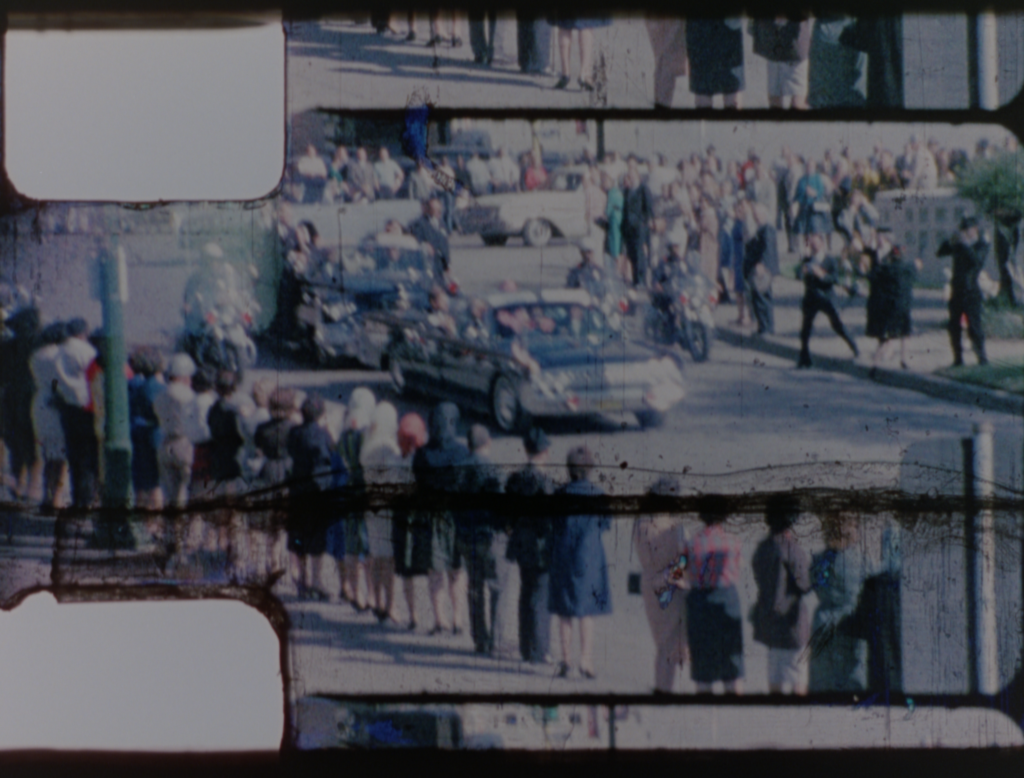
Frame 154 stands out immediately—not because of what it captures, but because of what we can’t see. A thick black stripe runs through the bottom third of the frame, obscuring a critical portion of the image. To this day, no one has explained why.
What’s known is that Time, Inc., which purchased the Zapruder film on November 23, 1963, admitted years later to having damaged frames 207 and 212 and losing frames 208 through 211 entirely. That revelation came only after public scrutiny, and even then, the explanation was vague—nothing more than an acknowledgment that these frames had been mishandled during publication.
But what Time has never explained is the nearly identical damage visible in frames 154 through 157. The black stripe in Frame 154 looks like the result of a splice or emulsion error. It’s the kind of thing one might expect if the film had been tampered with or physically altered—but Time has never addressed it, not even to deny responsibility.
And that raises an unavoidable question: how are we expected to believe that the most important home movie in American history—arguably the most scrutinized strip of film ever shot—was subjected to this level of careless handling without consequence or accountability? The idea that Time, a major national media company, could lose and damage frames of this magnitude within 24 hours of acquiring them, and then decades later still offer no coherent explanation, strains credulity.
The Sixth Floor Museum, which now houses an archived copy of the film, has offered no public statement or technical analysis of the damage to Frame 154. So we’re left to guess. Was this simply incompetence—or something more?
Whatever the answer, Frame 154 is part of a disturbing pattern: missing, damaged, or altered frames right at the heart of the assassination sequence. For a film that serves as visual bedrock for our understanding of that day, the silence surrounding these anomalies is as troubling as the damage itself.